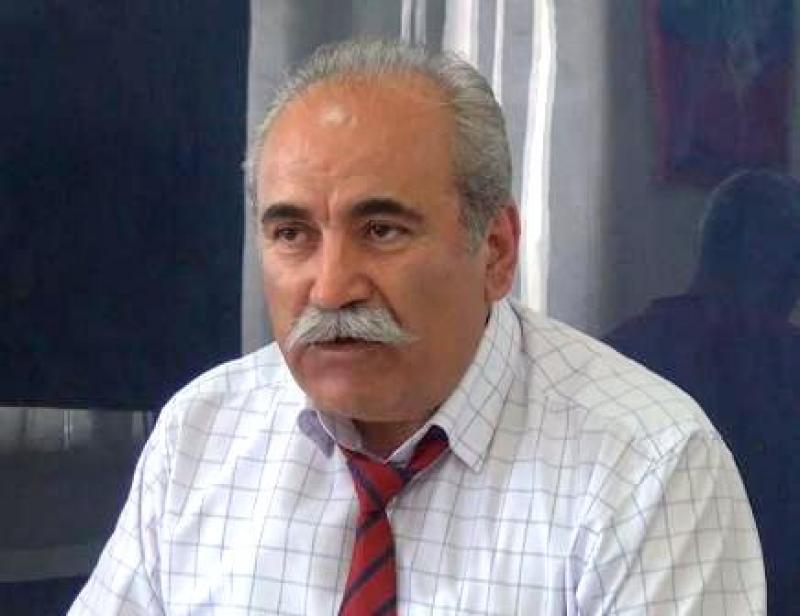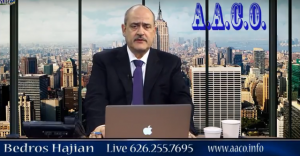Brief information on the legal basis for the formation of the Republic of Western Armenia (Armenia)

The idea of the reality of the re-creation of Western Armenia as a state arose in the early 1990s, in the ranks of the defenders of Artsakh. One of the main inspirers of the idea of the revival was the founder of the Liberation Army Leonid Azgaldyan (23.11.1942 Tiflis – 21.06.1992 Martakert). The idea found a response in the ranks of the fighters and intellectuals, who before the war were members of various compatriots of Western Armenia and non-Party patriotic unions.
The basis for the re-establishment of Western Armenia as a state was the fact that it is a continuation state of the State of Armenia of the 1918 – 1920s, recognized on the basis of a number of international documents:
-
Decree of the Government of Russia (Council of People’s Commissars of Russia) “On Turkish Armenia” (On Western Armenia) dated January 11, 1918;
-
Decision of the Supreme Council of the Union States during the Paris Conference on the recognition of the de facto independence of the State of Armenia dated January 19, 1920;
-
Decision of the Supreme Council of the Union States on the recognition de jure of the independence of the State of Armenia dated May 11, 1920;
-
Discussion of the mandate of Armenia, held in the US Senate May 29 – June 1, 1920, meaning that the United States de facto recognized the right and title of the Armenian state in relation to the Armenian territories, thereby invalidating the right and title of the Ottoman Empire in relation to these territories;
-
Declaration of independence of Armenian Cilicia dated August 4, 1920;
-
The Sevres Peace Treaty (Articles 88-93 of which concern the State of Armenia) dated August 10, 1920;
-
The Arbitral Award of the 28th US President Woodrow Wilson, dated November 22, 1920, on the establishment of the state border between Turkey and Armenia, on the landing borders of Armenia to the sea and on the demilitarization of Turkish territories adjacent to the Armenian border.
Declaration “On the Right of Self-Determination of Armenians in Western Armenia” adopted in December 17, 2004․ Declaration “On the Process of Forming the Government of the Government of Western Armenia” adopted on February 4, 2011.
Later, on the basis of the UN Declaration on the Rights of Indigenous Peoples dated September 13, 2007, the Institute for the National Identity and Citizenship of Armenians of Western Armenia was formed on the basis of which the legal and political bases of the Republic of Western Armenia (the State of Armenia) and its state structures were formed. In accordance with article 21 of the Universal Declaration of Human Rights, starting in 2013, the Republic of Western Armenia (the State of Armenia) has formed the authorities – the National Assembly (Parliament), the Government and the Institute of Presidency.
In November 2013, for the first time, by direct electronic voting on the Internet, elections of the deputies of the Parliament of Western Armenia were held. Elections were held in 41 countries, 64 deputies were elected.
On September 1-5, 2018, elections of the National Assembly (Parliament) of Western Armenia of the 2nd convocation were held, in which 51,505 voters from 47 countries took part, and 101 deputies were elected on a single list.
Since 2014, the full name of the state system of Western Armenia is the Republic of Western Armenia (Armenia).
At present, Radik Khamoyan is the President of the Republic of Western Armenia, Tigran Pashabezyan is the Prime Minister, Armen Ter-Sargsyan is the Chairman of the National Assembly (Parliament).
Press Service of the National Assembly (Parliament) of Western Armenia
08/12/2018
Please follow and like us:











